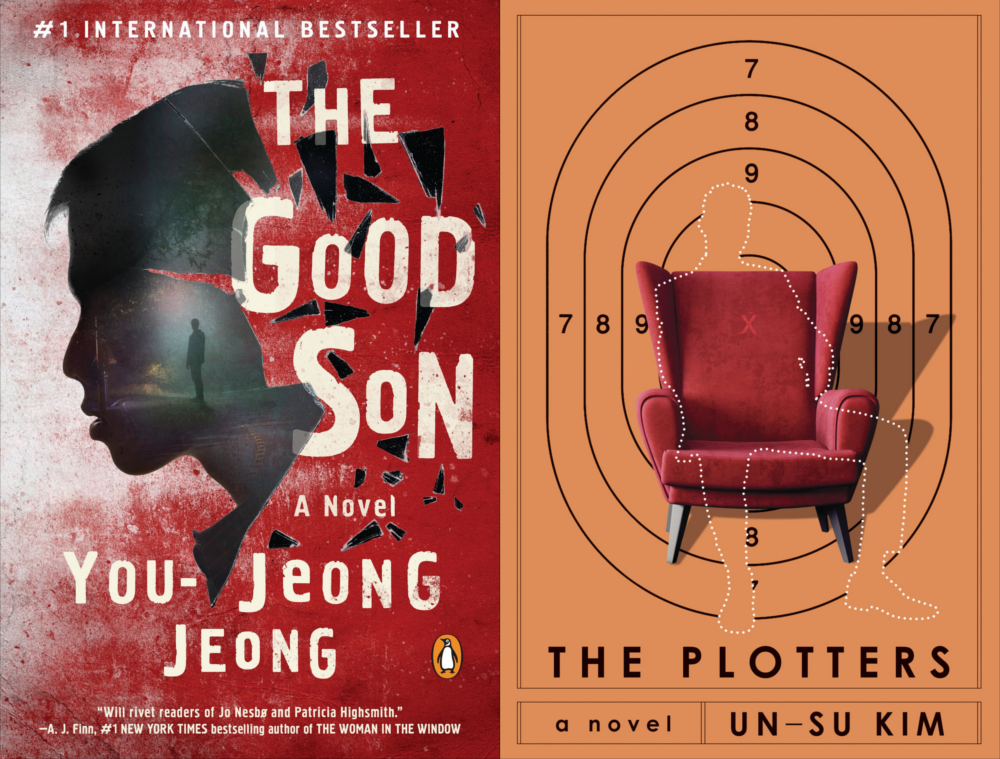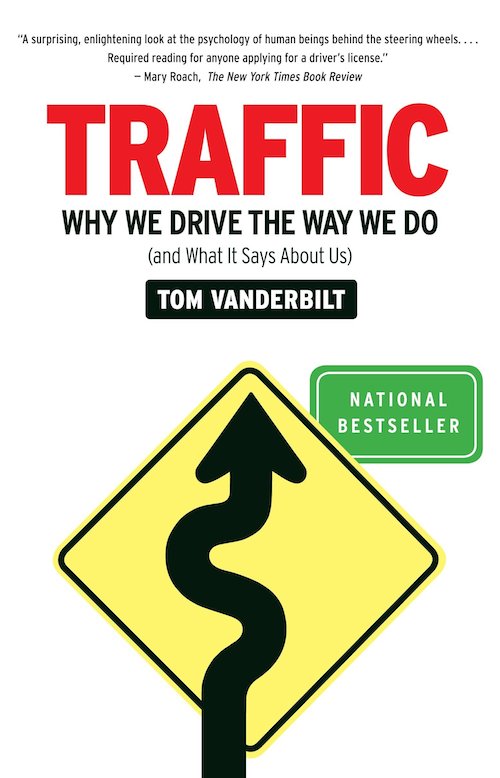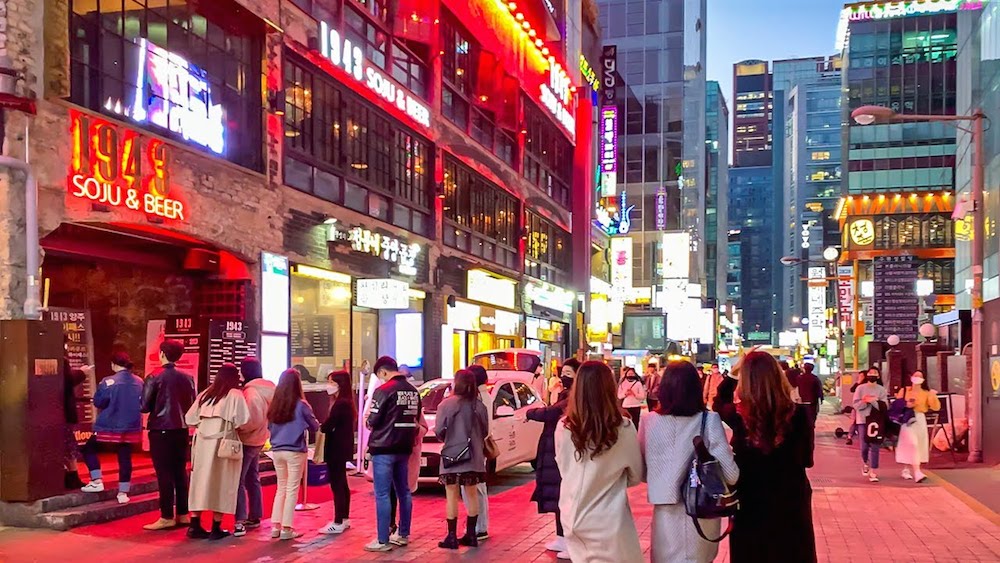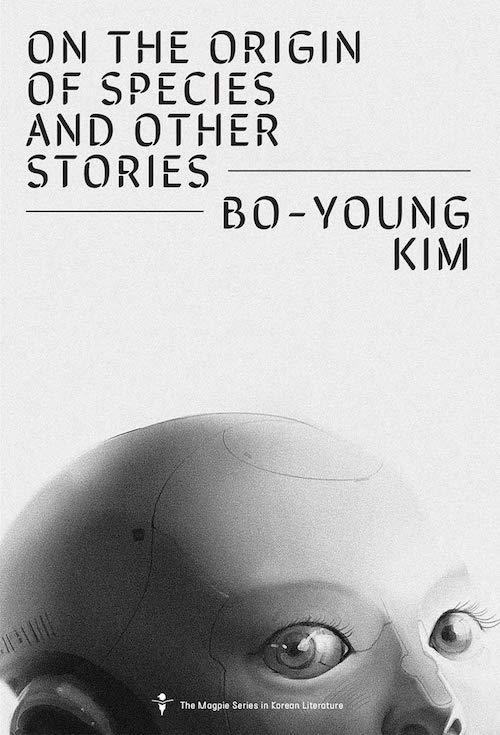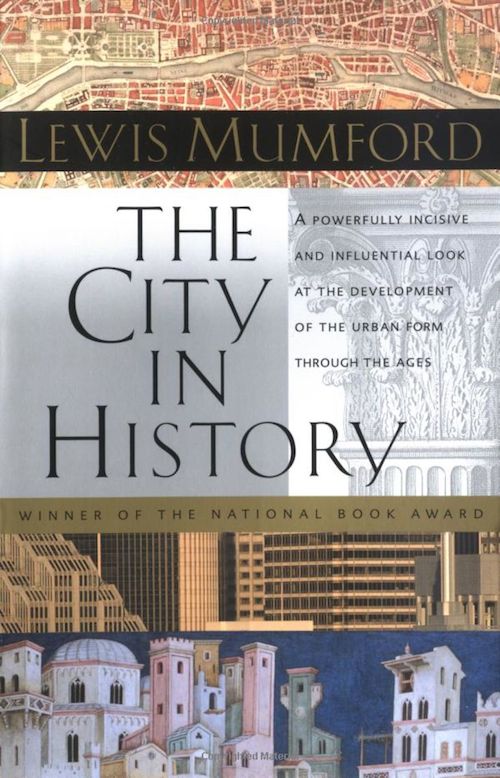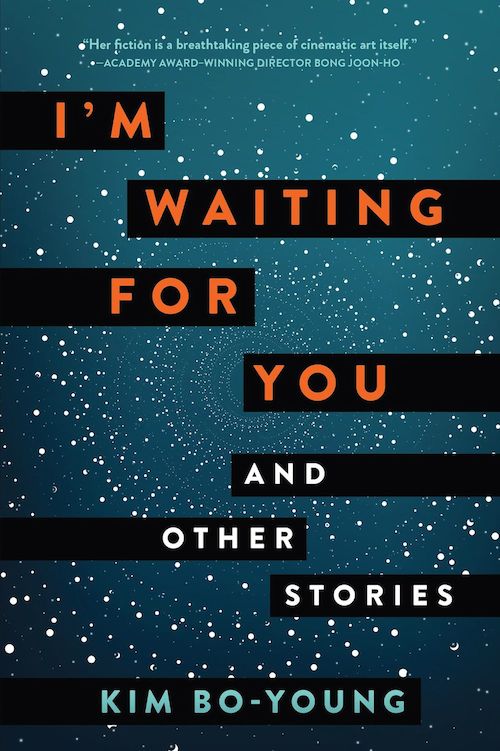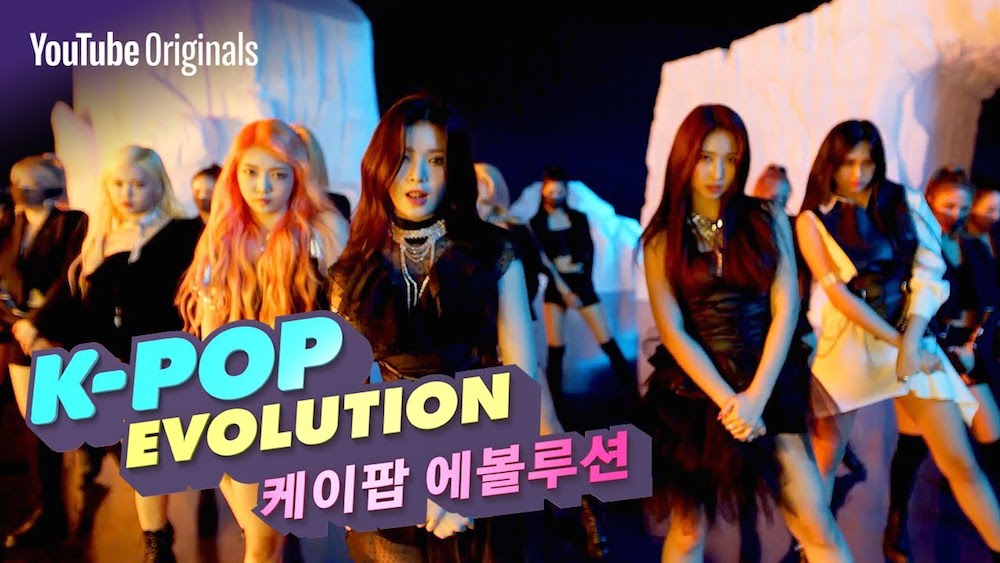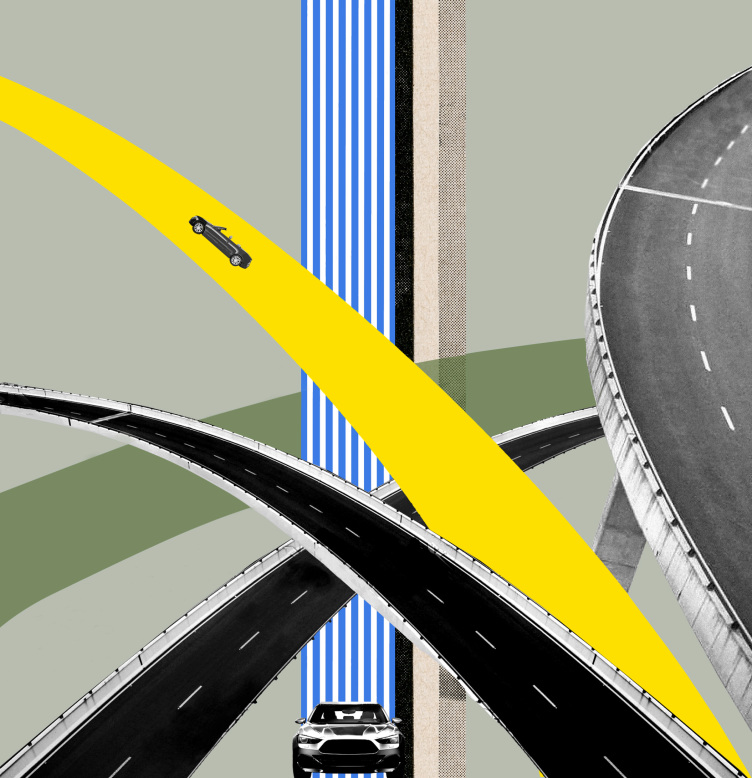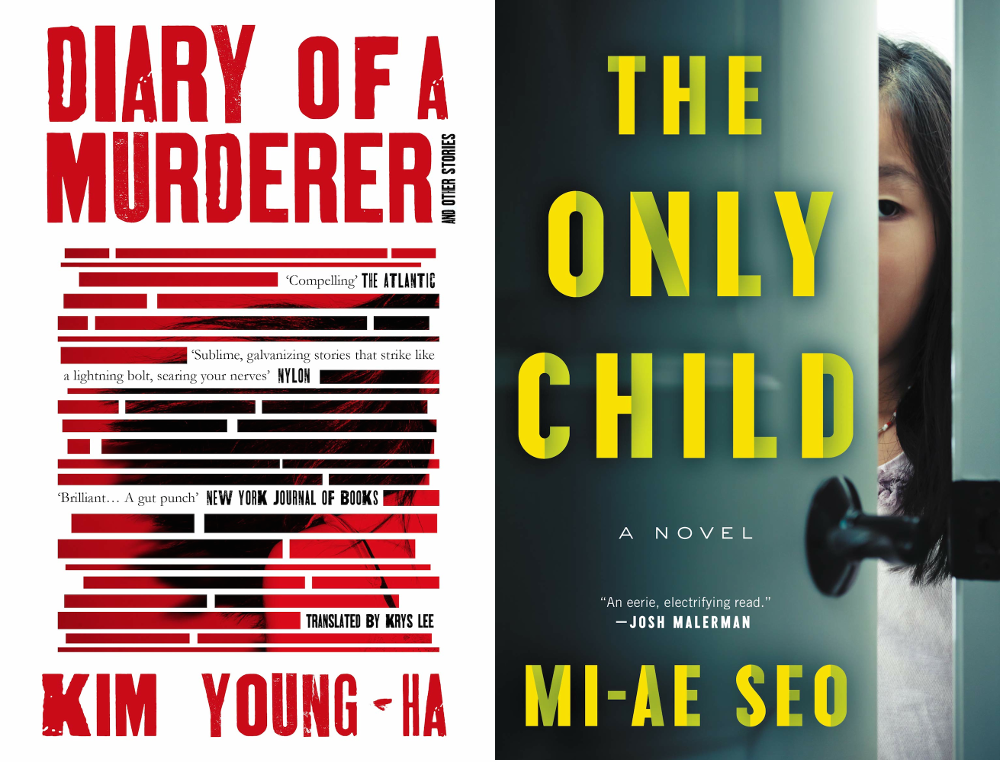
Whatever its country of origin, crime fiction prizes murderers. Even more suited to the demands of the genre are serial killers, murderers who — according to most of the definitions available — kill three or more people on two or more separate occasions. Though the protagonists of both Jeong You-jeong’s The Good Son and Kim Un-su’s The Plotters do meet these requirements, neither quite fit the cultural image of the serial killer, at least as understood in the West. In the former book, the young ex-athlete Yu-jin performs three separate murders, though all within a short span of time and for the most part impulsively. In the latter, the more mature Reseng is a professional assassin, raised from orphanhood to carry out contract hits for the government. Much truer to the serial-killer stereotype is Kim Byeongsu, the 70-year-old narrator of Kim Young-ha’s Diary of a Murderer.
Living with Eunhui in the foothills of a remote village below the North Korean border, Kim Byeongsu has put more than one pursuit behind him by the time the story opens. “It’s been twenty-five years since I last murdered someone,” he writes in its opening lines, “or has it been twenty-six?” He’s also closed the veterinary practice that constituted his public-facing career. (“It’s a good job for a murderer. You can use all kinds of powerful anesthetics.”) And no longer does he write poetry, a literary avocation — and in Korea, not an uncommon one — taken up through classes at the local community center. Writing what he knew, he composed visceral poems that drew praise from his instructor, but audience reaction was beside the point: “The way you feel about writing poems that no one reads and committing murders that no one knows about is not that different.”
Living with Eunhui in the foothills of a remote village below the North Korean border, Kim Byeongsu has put more than one pursuit behind him by the time the story opens. “It’s been twenty-five years since I last murdered someone,” he writes in its opening lines, “or has it been twenty-six?” He’s also closed the veterinary practice that constituted his public-facing career. (“It’s a good job for a murderer. You can use all kinds of powerful anesthetics.”) And no longer does he write poetry, a literary avocation — and in Korea, not an uncommon one — taken up through classes at the local community center. Writing what he knew, he composed visceral poems that drew praise from his instructor, but audience reaction was beside the point: “The way you feel about writing poems that no one reads and committing murders that no one knows about is not that different.”
Read the whole thing at the Los Angeles Review of Books.
